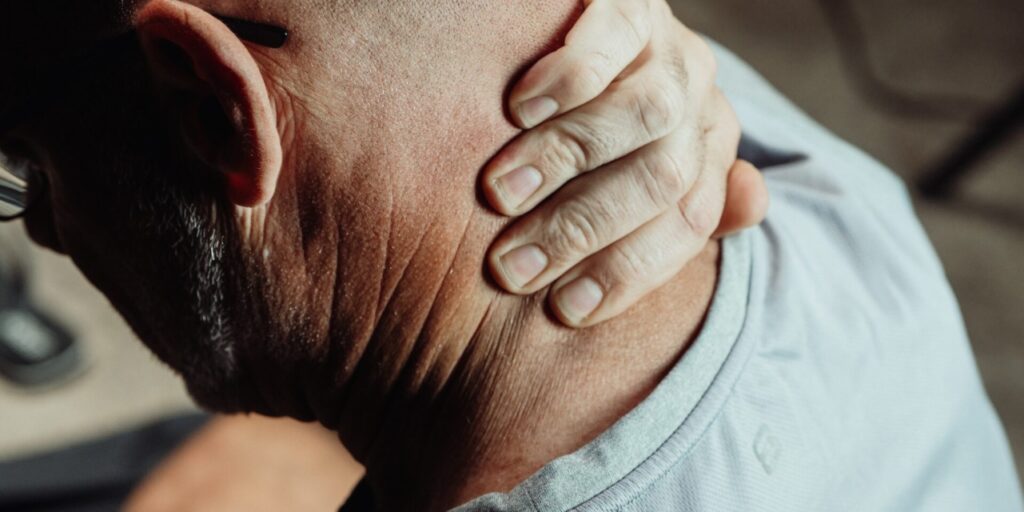- Higher speeds on Ontario highways may lead to more collisions - May 9, 2024
- Optional coverage is the wrong way to cut insurance rates - April 22, 2024
- A primer on successfully claiming LTD benefits in Ontario - March 18, 2024
By Paul Russell, LegalMatters Staff • A crucial part of any personal injury lawsuit is determining the amount, or quantum, of damages, says Ontario personal injury lawyer Joshua Goldberg.
“The circumstances of cases are never identical, although similarities can be found in particular types of injuries,” says Goldberg, principal of Joshua Goldberg Law. “When I meet with a client, I will discuss the factors that help determine the amount of damages they can reasonably expect to receive.”
He notes damage awards compensate for pecuniary and non-pecuniary losses.
“Pecuniary losses are those that can be measured in monetary value. They are quantifiable and can be calculated using bills, receipts and other financial statements,” says Goldberg.
“In theory, compensation for pecuniary losses is intended to put the injured party back into the position they would have been in if they had not sustained the injury,” he explains.
Pecuniary losses relate to money
Examples of pecuniary losses include:
- Medical costs. That could include paying for an ambulance, medications and any therapy required after the accident.
- Income losses. Money lost if you are unable to immediately return to work due to an injury.
- Loss of future capacity to earn. If you suffered a long-term or permanent disability and cannot return to your former position, a projection can be made about what income will be forfeiting in the future.
- Property damage. The cost to repair or replace property that was damaged or destroyed in the incident, such as vehicle damage in an auto accident.
“There is no cap on compensation for pecuniary losses. However, the amount must be legitimate and justifiable,” says Goldberg.
He points to a seminal 1978 Supreme Court of Canada (SCC) decision that notes, “There cannot be ‘complete’ or ‘perfect’ compensation. An award must be moderate and fair to both parties … what is being sought is compensation, not retribution … fairness to the other party is achieved by assuring that the claims against him are legitimate and justifiable.”
Compensation for pain and suffering
Goldberg explains that damage awards for non-pecuniary losses compensate plaintiffs for pain and suffering and the loss of ability to enjoy the lifestyle they did before the accident.
“This compensation cannot be reparative, as it is not possible to restore lost function,” he says. “Instead, awards for non-pecuniary losses attempt to provide the injured person with reasonable solace for their misfortune.”
- Know the deadlines when pursuing a personal injury case
- Cycling has many benefits but it also comes with risk
- Being compensated for an injury starts with a doctor’s records
In 2014, a Supreme Court of British Columbia decision noted, “non‑pecuniary damages are awarded to compensate a plaintiff for pain, suffering, loss of enjoyment of life and loss of amenities. The compensation awarded should be fair to all parties … each case depends on its own unique facts
The judgment notes those factors include “the age of the plaintiff, the nature of the injury, the severity and duration of pain, disability, emotional suffering, loss or impairment of life, impairment of family, marital, and social relationships, impairment of physical and mental abilities, loss of lifestyle, and the plaintiff’s stoicism which, as a factor, should not, generally speaking, penalize the plaintiff.”
Goldberg says other factors that can contribute to a non-pecuniary award include increased anxiety, depression and the inability to sleep.
“Any impairment of your ability to physically function in the world will negatively affect your life and you should be compensated for that,” he says. “For example, your injury may lead to a deterioration in your relationships with close friends, family members, loved ones, or colleagues.”
Non-pecuniary losses are capped
When assessing non-pecuniary damages, which are also called general damages, the courts consider awards given to people with similar injuries, says Goldberg.
Unlike the United States where personal injury damage awards can be in the millions, he says the SCC has capped the amount of non-pecuniary damages that can be awarded.
“In 1978, the Supreme Court established an upper limit in order to bring consistency and stability to non-pecuniary damage awards,” Goldberg says. “The limit was put at $100,000. That number has been adjusted for inflation, which means that the most you will receive in 2023 in non-pecuniary damages is about $430,000.”
Since many variables must be considered when determining a fair damage award, he advises people to seek the advice of an experienced personal injury lawyer.
“We will work to ensure that your award is ‘legitimate and justifiable’ as the court demands,” Goldberg says.

